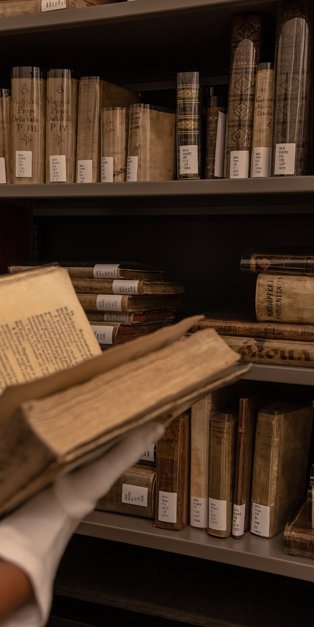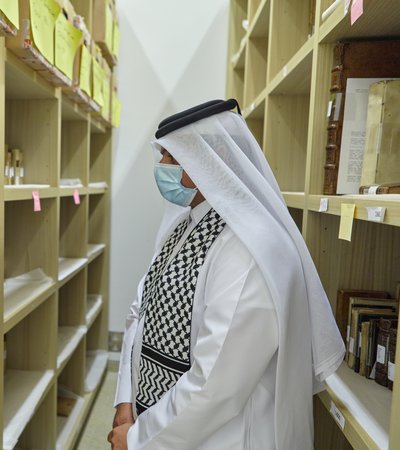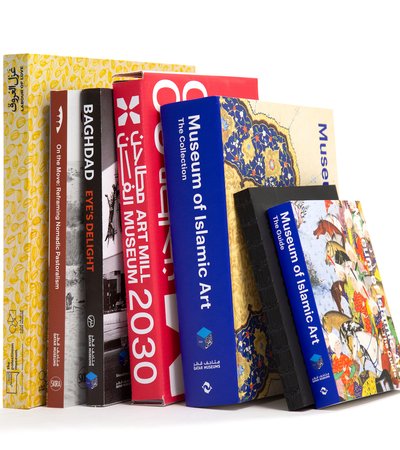The term ‘rare’ is vague, and one might assume that a book is rare due to its old age or due to the fact that it is limited in quantity. However, a rare book can be both. Not all rare books are old, but all rare books are unequivocally valuable. Therefore, it is necessary to distinguish between ‘antiquarian’ books and ‘rare’ books; ‘antiquarian’ is defined to be both old in age and rare, while ‘rare’ encompasses both old and new.
Antiquarian bookseller Jeremy M. Norman provides a useful criterion in identifying rare books with six key points:
- The scarcity of the books: books with 25,000 copies or more are not considered rare
- Significance of the book’s contents: a book could be the first account of a historical exploration to Egypt or could contain some private information about a historical figure
- The physical aesthetic of the book: a book could be printed on exotic paper with rare watermarks, or could contain intricate illustration, which could be highly valuable to collectors
- A book’s ‘imprint’ according to Norman: books printed in a certain time and place are well known to be rare
- Significant associations: books or texts associated to different important figures, either containing their signatures or initials add a substantial amount of value to rare books
- The condition of the book: rare books are not as available as most common books, and are not always subject to the damages and repairs to that of a common book.
For more about the definition of a rare book, see Jeremy Norman’s History of Science, Medicine, and Technology.
The Museum of Islamic Art has an exclusive collection of rare books that are not available anywhere else in the region.



